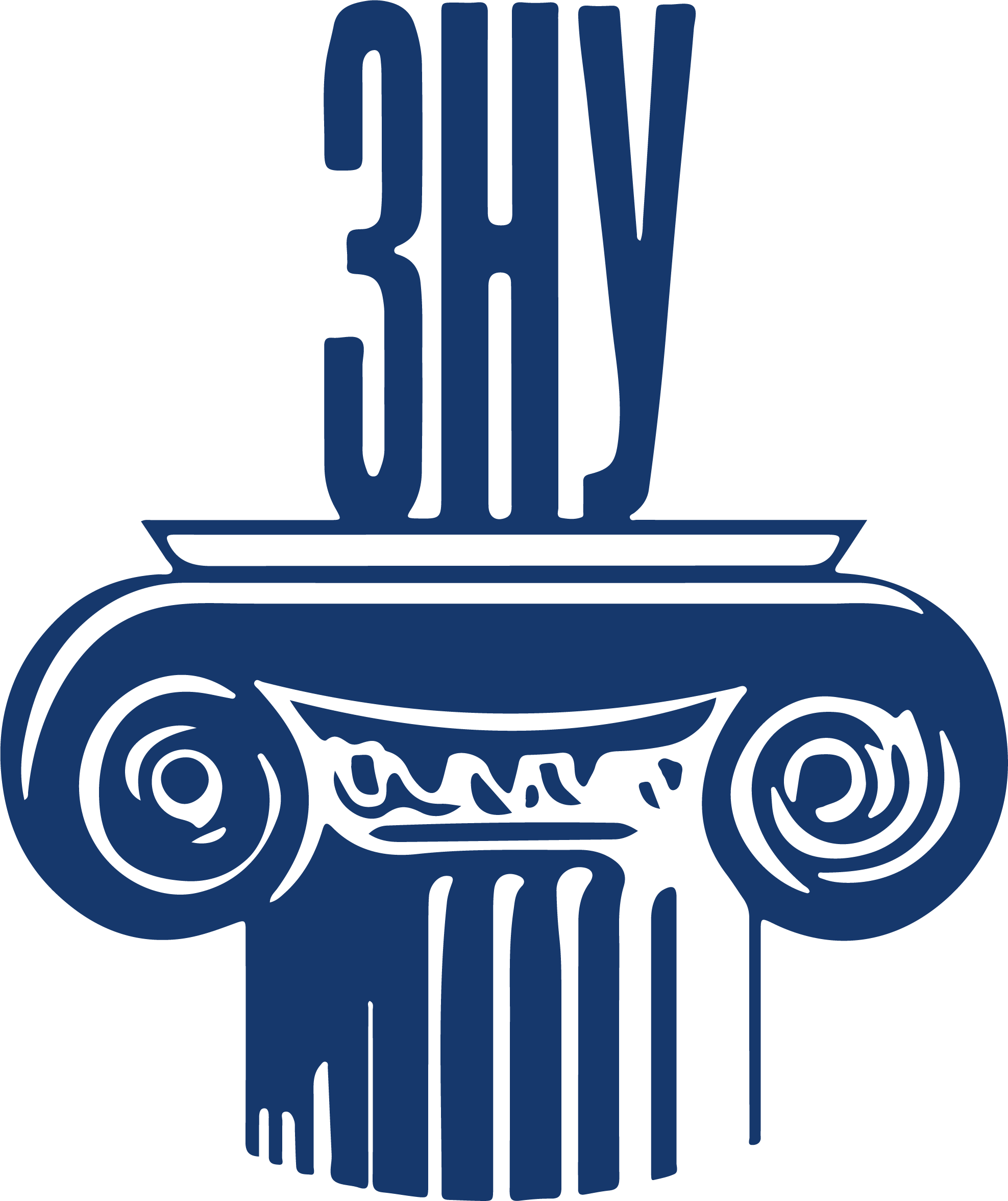PROTOTYPICAL INTONATION PATTERNS IN ENGLISH DISCOURSE: COGNITIVE APPROACH
Abstract
The article surveys function that intonation units play in the discourse, systemizing scientific approaches to that issue. The function of intonation units is analyzed in the framework of structural, pragmatic, functional and cognitive perspective. The paper rests on the overview of each functional capacity of intonation, viewed within the singled out scientific approaches. The article highlights constitutive, segmentative, distinctive, stylistic and cognitive functions of intonation elements in the discourse. The focus of the article is on the role of intonation units in the realm of cognitive mechanisms that allow speakers to code and decode linguistic information during the process of communication. Intonation units are approached as cognitive clues that trigger procession of acoustic information in the consciousness of the listener. The cognitive function of intonation is viewed in the prism of prototypical intonation patterns that lay foundation of speech generation and procession. The paper analyzes and systemizes the typology and architecture of melodic patterns that are defined as universal intonation models, built by the interplay of basic intonation parameters. Besides, the concept of intonation pattern is defined in the paradigm of cognitive approach to the study of intonation. The typology and architecture of intonation models is highlighted within the scope of music moods, symbolic and cognitive perspectives. The assays of comparative phonetic experimental research into intonation peculiarities of emotional and neutral English discourse are presented in the paper. The intonation units are analyzed in correlation to prototypical meanings that they realize in the discourse. The article describes the typology and architecture of prototypical intonation patterns that ensure unambiguous decoding of universal meanings. The typology of the prototypical intonation patterns is presented within the dichotomy of universal meanings which are defined as: incentive/ statement; background/foreground; major/minor; approval/disapproval. The suggested typology of prototypical intonation patterns reflects functional capacity of intonation in reliance with the cognitive mechanism of decoding linguistic information and embraces such prototypical intonation patterns as: incentive, intensification, identification and estimation.
References
2. Красовська І.В. Speaking Styles: Problem of Definition. Філологічні й педагогічні студії : матеріали V Міжнародної науково-практичної конференції, м. Київ, 23 листопада 2022 р. Київ : АВІАЗ. С. 21–24.
3. Красовська І.В. Формування емоційного тезаурусу мовця (експериментально-фонетичне дослідження). Modern philology: history, theory, methodology : монографія / за ред. Djakons-Romans, Matsevko-Bekerska. Riga, Latvia, Baltija Publishing, 2024. C. 199–210.
4. Bolinger D. Intonation and its uses: Melody in grammar and discourse. Stanford : Stanford University Press, 1989. 470 p.
5. Chafe W. Discourse, consciousness and time. Chicago : Chicago University Press, 1994. 311 p.
6. Charles R. Adams Melodic Contour Typology. Ethnomusicology. 1976. Vol. 20. No. 2. P. 179–215.
7. Chomsky N. The Sound Pattern of English. Cambridge (Mass.): The MIT Press, 2002. 470 p.
8. Cook N. Tone of Voice and Mind: The connection between intonation, emotion, cognition and consciousness. Amsterdam (Philadelphia): John Benjamins Publishing Company, 2002. 291 p.
9. Crystal D. Prosodic Systems and Intonation in English. Cambridge: Cambridge University Press, 1969. 392 p.
10. Fougeron I. Prosody et organisation du message. Paris: Librairie C. Klincksieck,1989. 367 p.
11. Halliday K. Notes on transitivity and theme in English. Journal of Linguistics. 1967. Vol. 3, Issue 2. P. 199–244.
12. Kazuko Sh., Shigeto K. A Cross-linguistic study of sound symbolism: the images of size. Berkley Linguistic Society. 2010. № 36. P. 396–410.
13. Ladd R. Intonational Phonology. Cambridge : Cambridge University Press, 2001. 334 p.
14. Laver J. Principles of Phonetics. Cambridge : Cambridge University Press, 1994. 707 p.
15. O’Connor J. Phonetics. London : Penguin Books Ltd., 1984. 320 p.
16. Seeger Ch. On the moods of a music logic. Journal of the American Musiocology Society. 1960. № 13. P. 224–261.
17. Siegmeister Elie Harmony and melody. 1965. Belmont, California : Wadsworth Publishing Company, 1965. 474 p.
 ISSN
ISSN 


.png)




